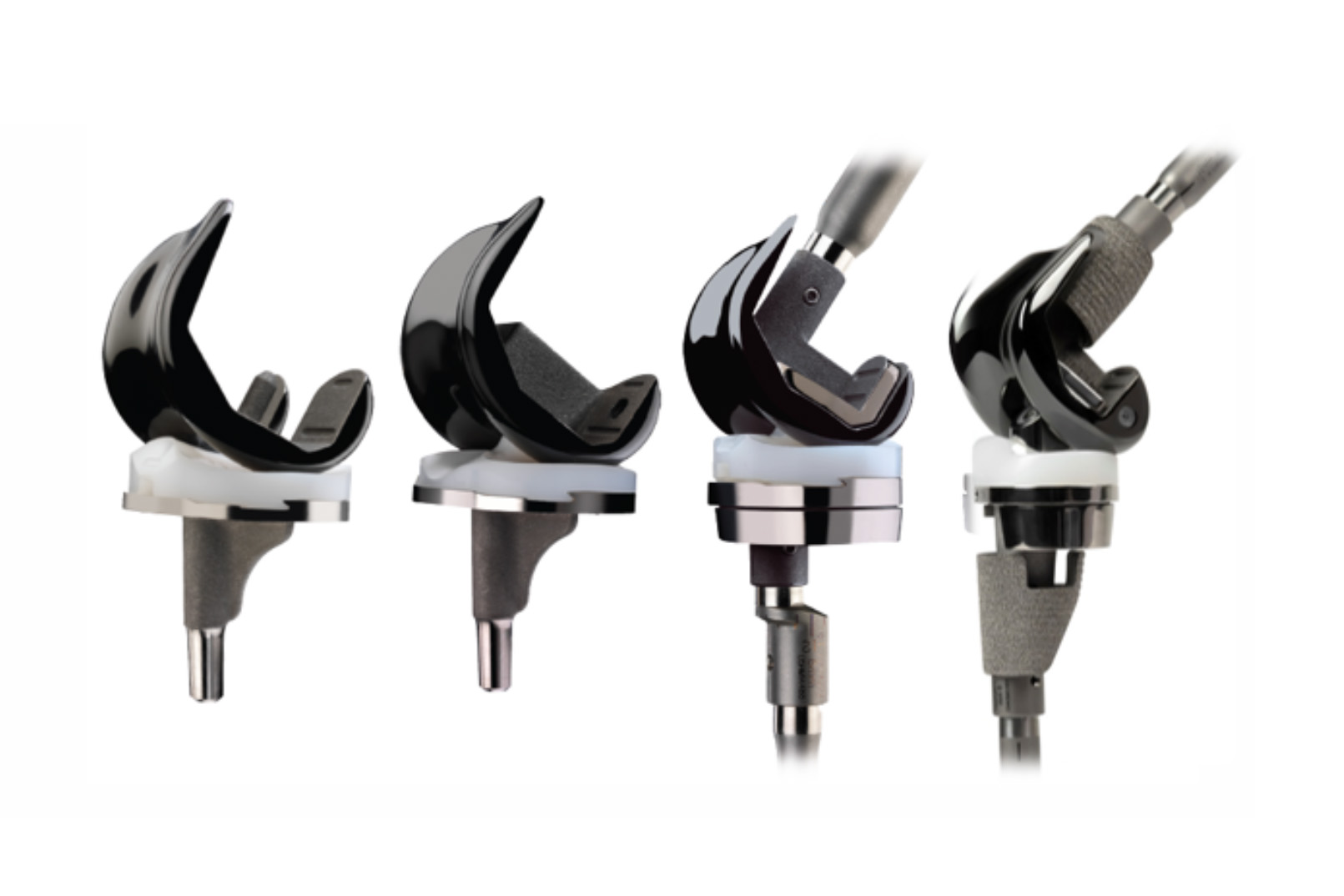Revision Knee
Replacement

As part of my clinical practice, I perform revision total hip and total knee arthroplasty procedures. Revision hip and knee arthroplasty procedures are performed for a variety of indications. Typically, they are performed when previously placed implants fail. This can be secondary to mechanical failure, implant loosening, dislocations, or infection. These surgeries are more technically complex than their primary counterparts. They involve removing failed implants and replacing them with new and more extensively fixed revision style implants.
The recovery following revision surgery is more involved, hospital stays are longer, and patients may be placed on precautions including periods of limited weight bearing and movement as they heal from surgery. Typically the period of recovery ranges between from three to six months following these more involved surgical procedures.
Implants and Materials
Revision knee arthroplasty can be technically challenging because of the difficulty incurred in removing previous implants and managing the bone loss following their removal. Moreover, the ligamentous stability of the knee may often be compromised and soft-tissue balancing may be difficult to achieve.
I use the Smith and Nephew Legion Revision System for the vast majority of my revision knee arthroplasty procedures. It is a comprehensive system that allows for enhanced fixation via metaphyseal cones, offset couplers, augments, and stems. Additionally, varied levels of constraint, including hinged implants, can be employed to ensure adequate joint stability is achieved.


